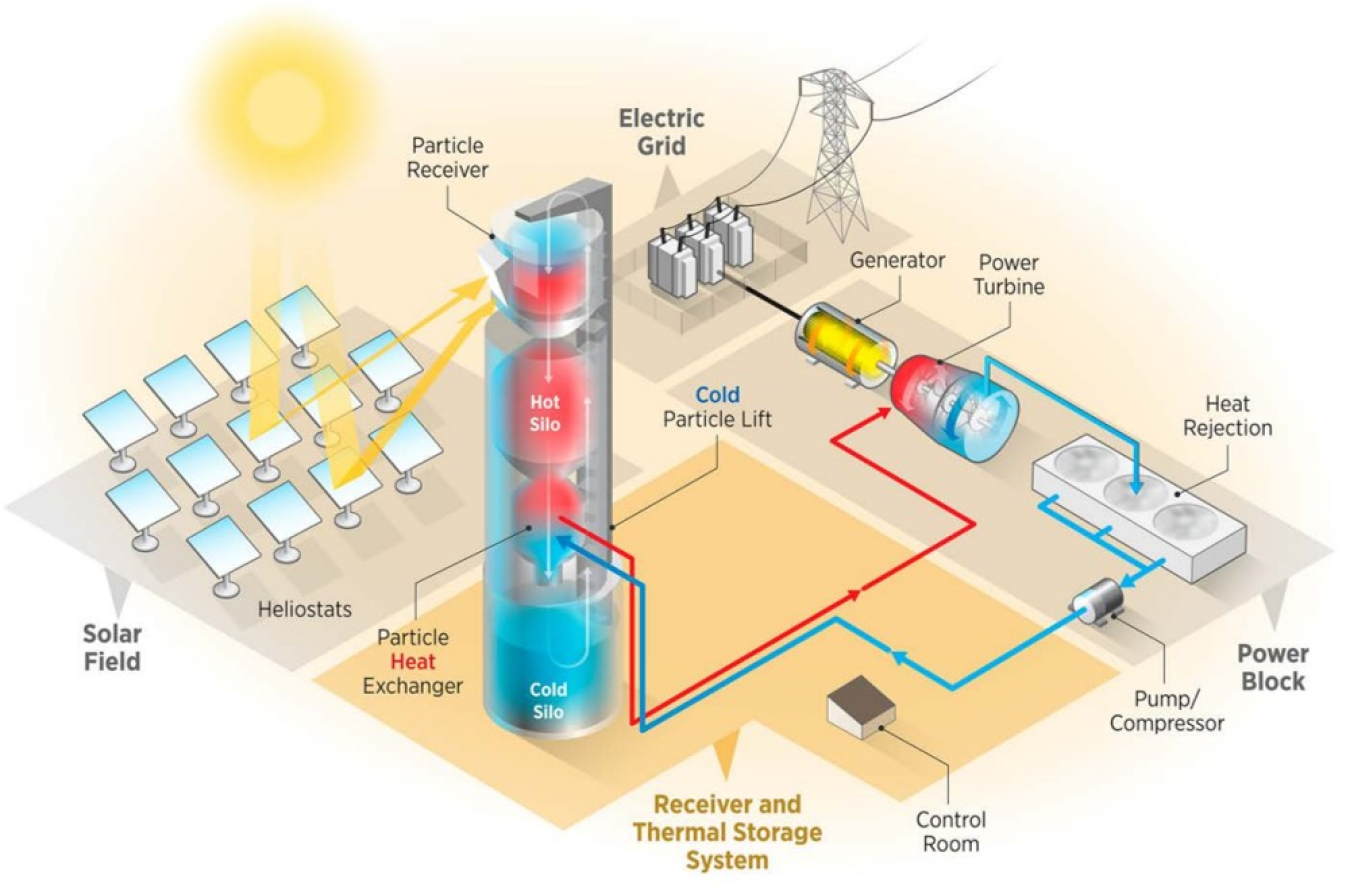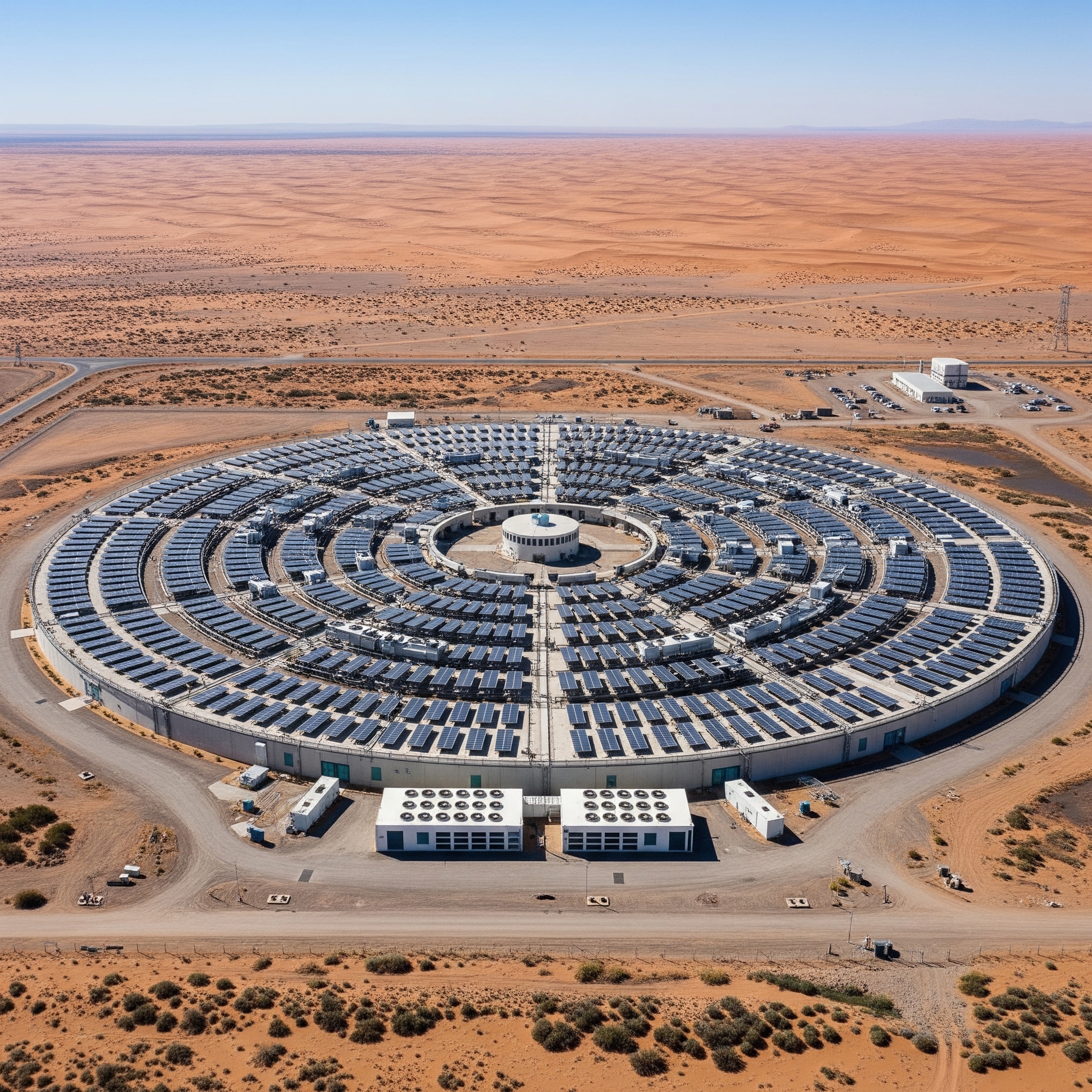Estimated Reading Time: 6 minutes
Introduction
In a major stride for renewable energy and sustainable innovation, China has launched the world’s first high-altitude trough Concentrated Solar Power (CSP) plant in Tibet. This state-of-the-art project showcases how solar energy technology is advancing to thrive in extreme environments, harnessing the power of the sun even in the rugged terrains of the Himalayas. It marks a pivotal shift not just for China, but for the global clean energy sector.
This blog will explore what this CSP plant is, how it works, its significance, and what it means for the future of solar power at high altitudes.
What is Trough CSP Technology?
Concentrated Solar Power (CSP) is a solar energy technology that generates electricity by using mirrors or lenses to concentrate a large area of sunlight onto a small area. Trough CSP specifically refers to a type that uses long, curved mirrors (parabolic troughs) to focus sunlight onto a receiver pipe that runs along the focal line of the mirror. A heat-transfer fluid inside the pipe absorbs the solar energy, which is then used to produce steam and drive a turbine.
Key features of trough CSP:
- Parabolic mirrors that track the sun throughout the day
- Receiver tubes that heat transfer fluid (usually synthetic oil)
- Thermal storage options to deliver power even after sunset
- Emission-free operation

Project Details: The Tibet Breakthrough
Located in Shigatse, Tibet, this high-altitude CSP plant is a marvel of engineering. At over 4,000 meters (13,100 feet) above sea level, it sets a new benchmark for solar projects in extreme environments. Built by China Three Gorges Corporation, the plant uses parabolic troughs and is capable of operating efficiently in thin air and cold conditions.
Highlights of the project:
- Altitude: ~4,000 meters above sea level
- Technology Used: Parabolic trough CSP
- Energy Output: Enough to power around 100,000 homes
- Thermal Storage: Enables electricity generation for hours after sunset
- Environmental Benefit: Significantly reduces carbon footprint in a sensitive ecosystem
Why High-Altitude Solar Matters
High-altitude regions receive more intense and consistent solar radiation due to thinner atmosphere and lower humidity. This makes them ideal for solar energy collection. However, engineering challenges such as temperature extremes, low oxygen levels, and harsh weather have historically limited deployment.
This project breaks that barrier by:
- Proving that CSP can operate reliably at extreme altitudes
- Reducing energy reliance on fossil fuels in remote areas
- Demonstrating new materials and construction techniques suitable for such climates

Future Potential and Global Impact
This Tibetan CSP plant is not just a local achievement—it sets the stage for a new era of renewable energy:
- Scaling Up: Similar projects can now be replicated in mountainous regions worldwide, including the Andes and Himalayas.
- Technological Export: China’s advancement in high-altitude CSP could be exported to other countries, boosting global clean energy adoption.
- Grid Resilience: Adding CSP with thermal storage increases stability and reduces reliance on intermittent solar PV.
- Climate Strategy: Helps China move toward carbon neutrality by 2060, a key commitment under the Paris Agreement.

Conclusion
The launch of the world’s first high-altitude trough CSP plant in Tibet represents a major innovation in clean energy. It highlights how technology is evolving to meet the challenges of environment and geography. As the world races to cut carbon emissions and combat climate change, projects like this offer a glimpse into a resilient and sustainable energy future.
This breakthrough not only brings clean power to remote regions but also unlocks a new frontier for solar energy globally.
FAQs
Q1: What makes this CSP plant unique?
It is the first to operate at such a high altitude, demonstrating reliable performance in extreme conditions.
Q2: How does thermal storage help?
It allows the plant to generate electricity even when the sun isn’t shining, improving grid reliability.
Q3: Is CSP better than photovoltaic (PV) solar?
CSP offers the advantage of built-in thermal storage, but both technologies serve complementary roles.
Q4: Can similar projects be built in other mountain regions?
Yes, this project paves the way for high-altitude CSP deployment in other parts of the world.
Q5: What are the environmental benefits?
Reduced carbon emissions, less dependence on diesel or coal, and minimal ecological disruption.
